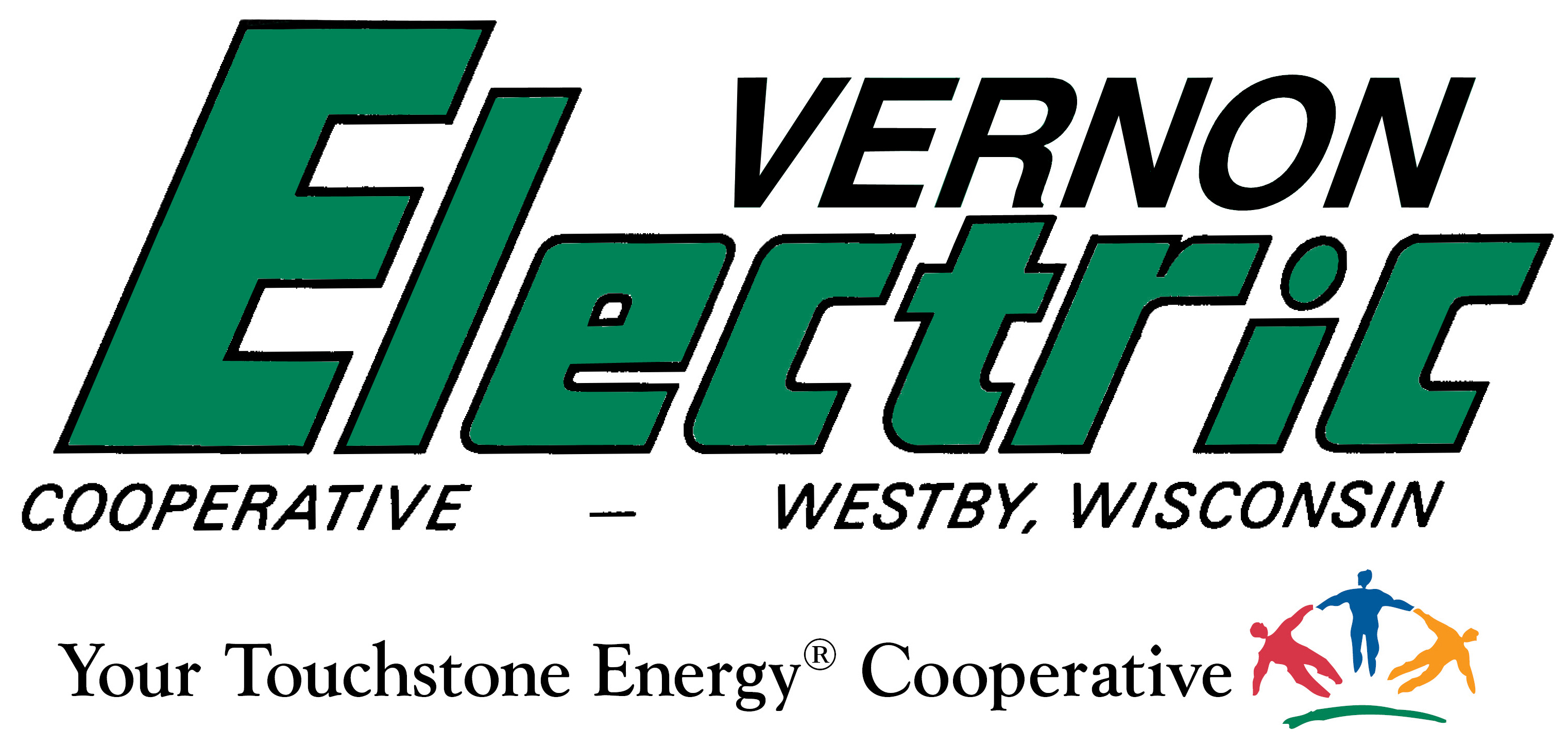Vernon Electric Cooperative, like other electric cooperatives, serves the rural area. Investor-owned utilities (IOUs) and municipal utilities (Munis) typically serve more urban areas. The result is a huge discrepancy in how many consumers we have per mile of line. The lack of consumers in the countryside is the reason IOUs refused to serve sparsely populated rural areas, and why not-for-profit rural electric cooperatives were formed. IOU's such as Xcel Energy or Alliant Energy average around 40 consumers per mile of line. Munis such as Westby, Cashton, La Farge and Viola may serve up to 50-60 consumers per mile of line. Vernon Electric serves about 5 consumers per mile of line. It is interesting to note that compared to electric co-ops, IOUs have 6 times the revenue per mile, due to having more customers per mile and having more commercial and industrial loads. Because Co-ops have more infrastructure and less consumers to pay for it, the Facility Charge is higher. Our rate philosophy is to cover most of our fixed costs in the Facility Charge, so everyone pays their fair share. If Vernon Electric lowered its Facility Charge and included more costs in its kWh charge, full-time residents would be subsidizing the rates of members that may only be in the area part-time. Costs included in the Facility Charge are:
-
On-going operation and maintenance of the electrical distribution facilities (hence the name "Facility Charge") required to bring you electricity at the flip of a switch
-
Annual depreciation of these facilities
-
Principal and interest payments
-
Expenses related to customer accounting, meter reading, and billing
In 1935, when the Rural Electrification Administration (REA) was established, the federal government and rural people joined to form rural electric cooperatives. This joint effort built lines to bring electricity to the farms and homes in rural Wisconsin, and all of rural America. The value of the cooperative, to you and other members, is the services it provides. The purpose of your electric cooperative is to provide electricity and a variety of support services to you at the lowest possible cost. It does not exist to generate profit for a group of investors.
Your cooperative does, however, generate margins, which is returned to the members over a period of time. It is important to realize there is a difference between "revenue" and "profit." The cooperative must generate enough revenue to cover all costs of providing service and operating the cooperative. Any profit, or margins, left at the end of the year is allocated to the members as capital credits.
Once a year, a formal audit determines the cooperative's income and expenses. Income remaining after deducting all expenses is the "net margin." This amount represents Capital Credits. Capital Credits are divided among the members, or owners of the cooperative in proportion to how much electricity each member purchases. This follows the cooperative principle that ownership benefits are generally in proportion to use.
Although the margins are annually allocated and assigned to members, they aren't necessarily distributed at that time. Capital Credits, or patronage refunds, as they are sometimes called, represent an important source of financing for the cooperative. Just as the benefits of a cooperative are tied to use, so is the responsibility to finance the business. The cooperative is financed when you pay for electric service and through retaining Capital Credits.
Your board of directors, made up of members just like you, decides on the amount of Capital Credits that can be returned to the members each year and still keep the cooperative on a sound financial basis. The retained amount belongs to you and will be paid out at a later date. Each cooperative develops its own method for returning Capital Credits. For more information about how your cooperative pays Capital Credits, contact our general manager.
Telling the story of Capital Credits emphasizes the most important principle of the cooperative - it belongs to you!
If your power goes out:
-
Check your fuses or circuit breakers (keep in mind there may be a main breaker outside under the meter)
-
Check to see if the meter's digital display is visible
- If visible, the meter has power from the utility side and you will need to call a private electrician
- If blank, utility-side power is out, and utility crews will be dispatched to fix the problem
-
Report the outage: Call 1-800-447-5051
Buildings, land, and other assets are accounted for in General Plant. The General Plant Fund is used to help pay for these items rather than using costly loan funds and thereby helps keep electric rates as low as possible.
The Power Cost Adjustment (PCA) is an adjustment made on your electric bill, which either goes up or down dependent upon what the true cost of power is from our wholesale power provider.
This adjustment is based on your kWh consumption. When the cost of purchased power exceeds an anticipated level, the power cost adjustment factor comes into effect and is added to your bill. Conversely, when the cost of power is under this level, the power cost adjustment calculates a discount on your kWh charges.
Any electricity used beyond 1,500 kilowatt-hours (kWh) is billed at a lower rate. For example, if you used 1,900 kWh, you would see one line showing 1,500 kWh at the regular kWh rate, and then below that line you would see the other 400 kWh billed at the lower rate. Since 1,500 kWh + 400 kWh = 1,900 kWh, all the kWh you used were accounted for.
